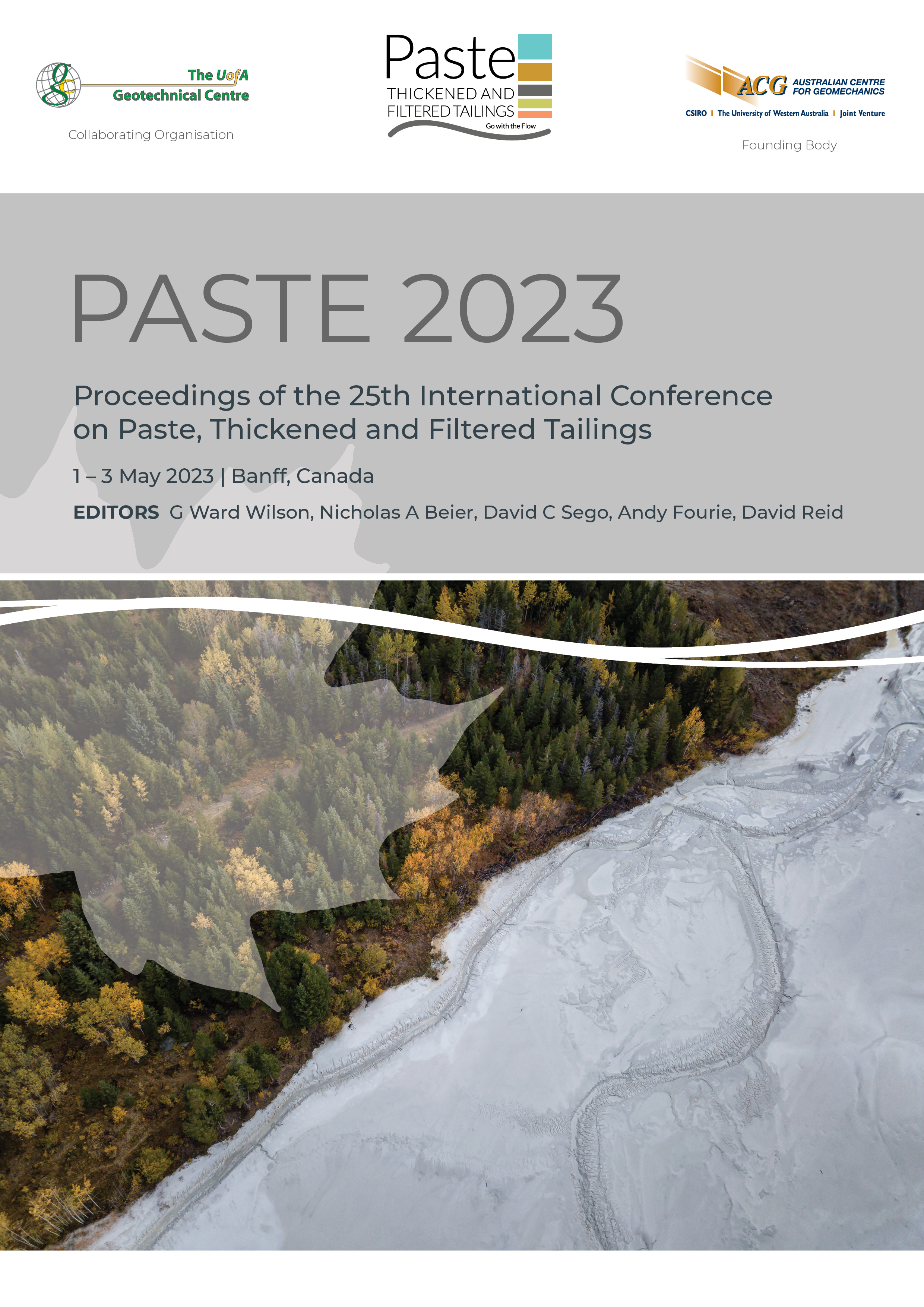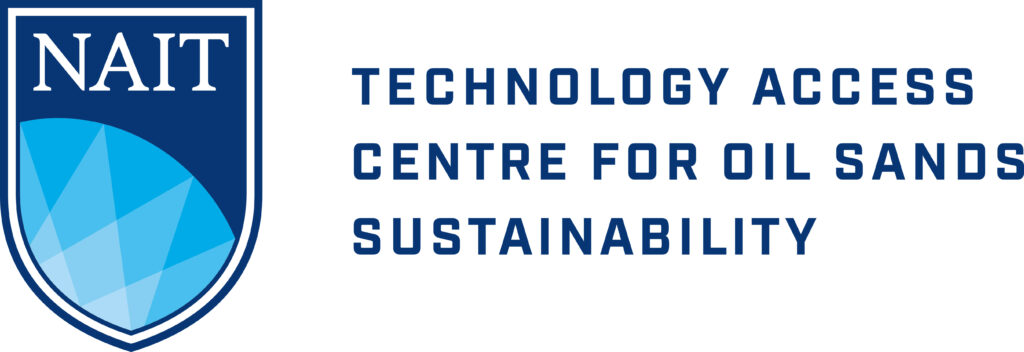Dry stacked filtered tailings: seepage behaviour during the construction process

|
Authors: Sanchez, B; Sutta, M; Soto, J; Benites, I |
DOI https://doi.org/10.36487/ACG_repo/2355_47
Cite As:
Sanchez, B, Sutta, M, Soto, J & Benites, I 2023, 'Dry stacked filtered tailings: seepage behaviour during the construction process', in GW Wilson, NA Beier, DC Sego, AB Fourie & D Reid (eds), Paste 2023: Proceedings of the 25th International Conference on Paste, Thickened and Filtered Tailings, Australian Centre for Geomechanics, Perth, pp. 620-628, https://doi.org/10.36487/ACG_repo/2355_47
Abstract:
In the last decade, filtered tailings deposits (FTDs) have become relevant in the mining industry because they reduce physical stability risks due to the low degree of saturation in which they work. This paper focuses on the seepage process during the construction of a conceptual dry tailings stack. The seepage process was analysed with a coupled and uncoupled model in the structural and non-structural zone of a FTD to determine the influence of variables such as density, degree of saturation, permeability, tailings disposal and interaction with the environment (precipitation) inside a dry stack. An FTD is conceptualised with a construction period of approximately 10.8 years and a rainfall regime that presents a wet season that limits the construction periods. The results show that the use of coupled seepage models determines sectors with greater thicknesses and higher degrees of saturation compared to uncoupled models. A comparative analysis is also carried out for the use of raincoats on the structural zone during the wet season. Not using a raincoat allows the generation of layers with a higher degree of saturation, which generates a heterogeneous structural zone that could have an impact on its shear strength. Finally, based on the results, guidelines are provided for geotechnical laboratory investigation plans, the adaptation of field conditions to model boundary conditions and filtered tailings disposal configurations.
Keywords: seepage, unsaturated seepage, construction process, coupled analysis, dry stack
References:
Cacciuttolo, C & Pérez, G 2022, ‘Practical experience of filtered tailings technology in Chile and Peru: an environmentally friendly solution’, Minerals, vol. 12, no. 7,
Gallardo, R, Sáez, E & Camacho-Tauta, J 2022, ‘Assessment of the self-compaction effect in filtered tailings disposal under unsaturated condition’, Minerals, vol. 12, no. 4,
geostudioresources/books/11/4/Heat%20and%20Mass%20Transfer%20Modeling.pdf
SR.2021.067421
Regional Government of Apurimac 2010, Climatic Study of the Process of Ecological and Economic Meso-Zoning of the Apurímac Region.
Robertson, PK, Viana da Fonseca, A, Ulrich, B & Coffin, J 2017, ‘Characterization of unsaturated mine waste: a case history’, Canadian Geotechnical Journal, vol. 54, no 12,
Van Genuchten, MT 1980, ‘A closed-form equation for predicting the hydraulic conductivity of unsaturated soils’, Soil Science Society of America Journal, vol. 44, no. 5, pp. 892–898.
© Copyright 2025, Australian Centre for Geomechanics (ACG), The University of Western Australia. All rights reserved.
View copyright/legal information
Please direct any queries or error reports to repository-acg@uwa.edu.au
View copyright/legal information
Please direct any queries or error reports to repository-acg@uwa.edu.au



